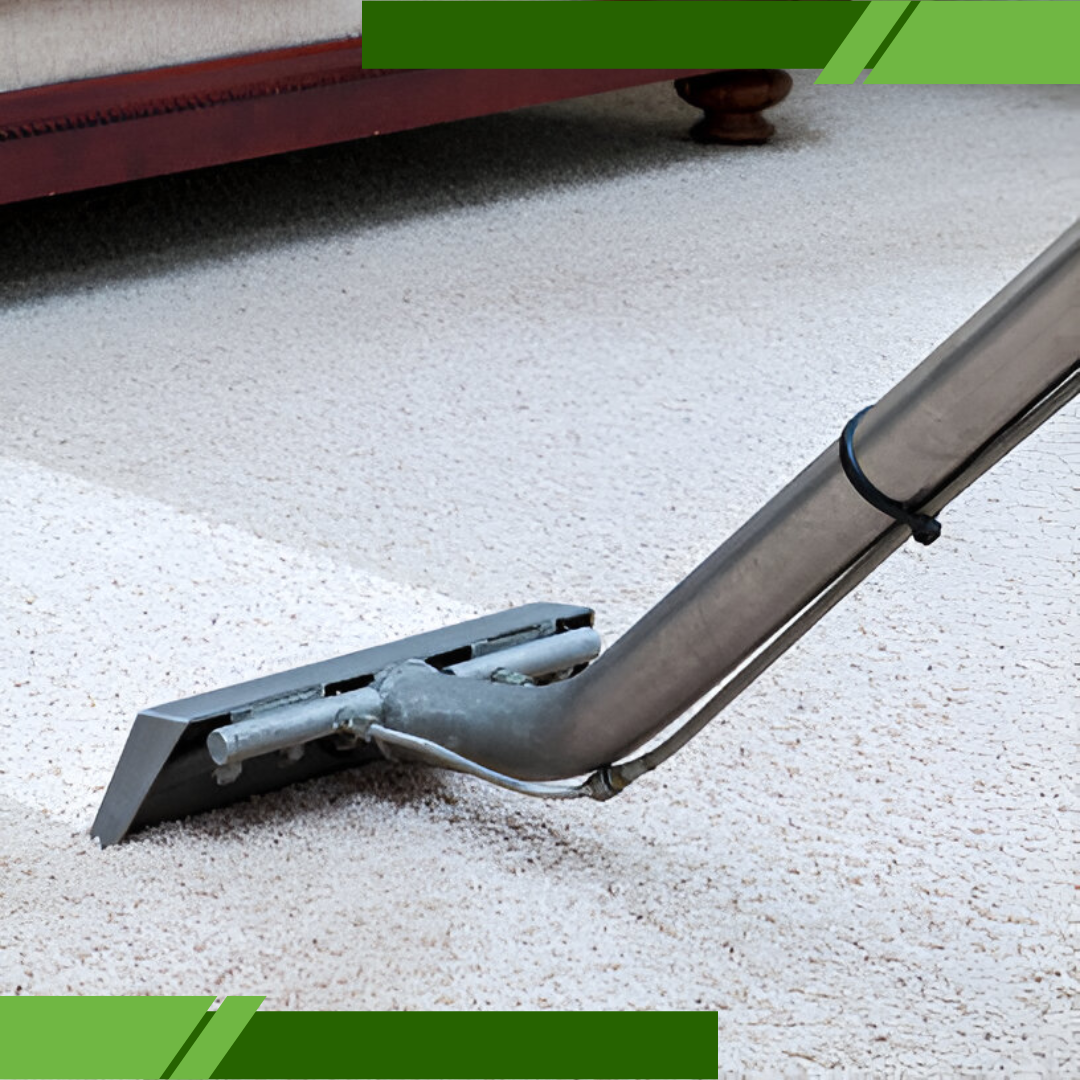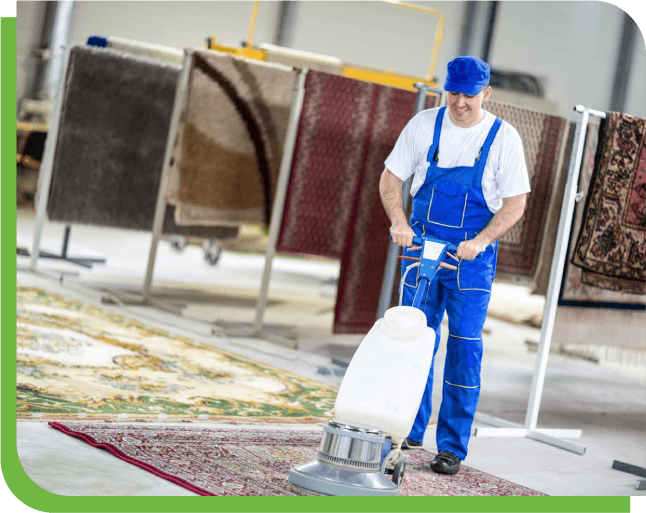Get in touch
Fill this up to proceed

We are committed to providing a world-class carpet, rug, upholstery, drapery or mattress cleaning services that will open your door to a happier and healthier green indoor environment.
Most people think that closing their front door protects them from allergy triggers. But in reality, some of the worst irritants are already inside your home. Household allergens are tiny particles that float in the air or settle into fabrics, carpets, and furniture. They often go unnoticed until they start making you or your family sneeze, itch, or feel stuffy.
Household allergens may still surround you even if you keep your home tidy. That’s because they tend to hide in places you can’t easily reach or see. Learning where they’re coming from and how to remove them can help create a cleaner, healthier space for everyone in your household.
Household allergens include things like dust mites, mold spores, pet dander, and pollen. These small particles can cause all kinds of symptoms: sneezing, itchy eyes, coughing, runny nose, or trouble breathing. Some people only notice mild effects, but for others, they can trigger asthma attacks or ongoing discomfort.
What makes household allergens tricky is that they come from so many sources. You could be bringing them in on your shoes, letting them in through open windows, or generating them just by owning a pet. Once they settle into your home, they don’t go away on their own. Instead, they build up in soft materials like carpets, upholstery, and bedding. Without the right cleaning habits, they can linger for years.
Understanding what you’re dealing with is the first step toward keeping your home safe and breathable. The second step is figuring out where to look.

Carpet may feel soft under your feet, but it’s also one of the biggest traps for household allergens. Think about everything that lands on your floor — pet hair, crumbs, pollen from outside, dust, skin cells. Over time, all of it gets ground down into the carpet fibers. Even if you vacuum regularly, most machines can’t reach deep enough to pull out what’s hiding at the bottom.
Every time you walk across the carpet, you release these particles back into the air. They stay floating around long after, making it easier to breathe them in. This constant cycle is one reason why household allergens are hard to control without special care.
Homes with pets or kids often see a faster buildup of allergens in carpeted areas. And if you live in a humid climate, moisture can cause mold and mildew to form under the surface, making the air quality even worse. That’s why having your carpets deep cleaned by a pro can make a big difference especially if you’re already noticing allergy symptoms.

When people think about cleaning, they often focus on hard surfaces like countertops and floors. But soft furniture—like couches, chairs, ottomans, and even decorative pillows quietly collects household allergens day after day. You sit, lounge, and relax on these items, not realizing they’re full of dust, pet dander, and tiny debris you can’t see.
Fabric furniture is a perfect hiding place for household allergens because it holds onto particles easily. Plus, it’s harder to clean than a smooth surface. You might vacuum the surface or use a lint roller, but that only removes what’s visible. The deeper allergens stay behind unless you use a strong steam cleaning method.
If your furniture smells musty, causes you to sneeze when you sit, or seems to make your symptoms worse, it may be time for a refresh. Calling in a carpet cleaning expert who handles furniture can help remove allergens without damaging delicate fabrics.
Bedrooms are supposed to be a place to rest and recharge. But for many people, they’re full of household allergens that get stirred up every night. Dust mites love warm, humid environments — and your bed offers the perfect mix of moisture, warmth, and skin cells to keep them thriving.
Pillows, mattresses, sheets, and blankets all trap allergens over time. Even if your bedding looks clean, it could be home to thousands of microscopic dust mites. That’s why it’s important to wash your sheets and pillowcases weekly in hot water. You should also vacuum and rotate your mattress regularly to control buildup.
For extra protection against household allergens, you can use allergen-proof covers on your pillows and mattress. These special covers keep dust mites and other irritants from settling deep inside. And if it’s been years since your mattress or bedroom rugs were deep cleaned, consider having them treated by a professional.
Common signs include sneezing, itchy eyes, coughing, postnasal drip, or waking up congested. If these symptoms improve when you leave the house, household allergens could be to blame.
Pets shed dander, fur, and saliva — all of which are known allergens. These particles stick to carpets, furniture, and clothes, adding to the level of household allergens in your home.
Vacuuming helps, but it doesn’t reach deep-set allergens trapped in carpet fibers or upholstery. To truly eliminate household allergens, deep steam cleaning or professional care is needed.
Vacuuming 2–3 times a week, washing bedding weekly, and scheduling deep cleans every 6–12 months is ideal. These steps reduce household allergens and improve indoor air quality.
Yes. Green carpet cleaning uses non-toxic products that clean deeply without harsh chemicals, making it safer for allergy sufferers and effective at removing household allergens.

We are committed to providing a world-class carpet, rug, upholstery, drapery or mattress cleaning services that will open your door to a happier and healthier green indoor environment.
We are committed to providing a world-class carpet, rug, upholstery, drapery or mattress cleaning services that will open your door to a happier and healthier green indoor environment.